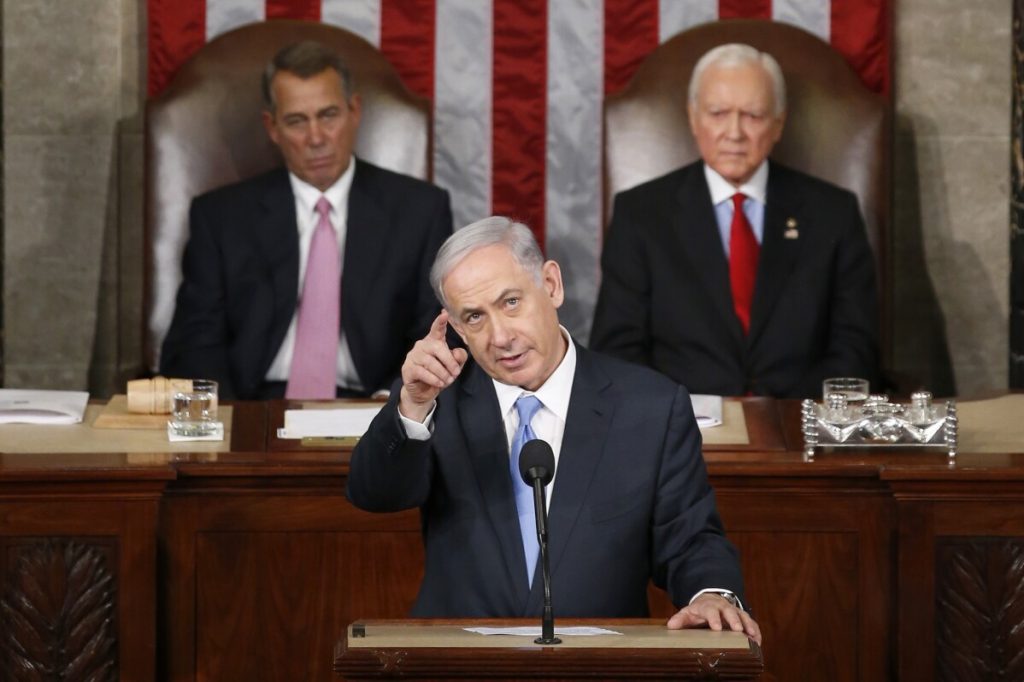EXCLUSIVE: U.S. Strikes on Iranian Nuclear Sites Signal Dangerous Escalation and Risk of Regime Change
In a bold move, U.S. forces have struck Iranian nuclear facilities, escalating tensions and raising the specter of regime change as Tehran vows retaliation. What price will America pay for this reckless gamble?

On Monday, the United States dramatically escalated military involvement in the volatile Middle East by striking multiple Iranian nuclear sites with missiles and heavy bunker-buster bombs. This action, reportedly coordinated with Israeli operations near Iran’s western city of Kermanshah, marks a perilous intensification of conflict that threatens to destabilize the entire region.
The Core Facts Behind the Strike
The U.S. targeted Iran’s nuclear program infrastructure—critical to Tehran’s ambitions for regional dominance and potential nuclear weapons development. Satellite imagery analysis from Washington’s Institute for Science and International Security confirms extensive underground damage at Isfahan, where tunnels were deliberately collapsed ahead of the assault, indicating some level of prior preparation by Iran.
President Donald Trump hailed the strikes as inflicting “monumental damage” below ground level—a rare moment of direct acknowledgment amid government silence on precise results. Yet defense officials continue to assess the true impact while Iran offers no clarity on damages sustained.
Consequences Ignored by Mainstream Coverage
While major media outlets spin this as a measured response to Iran’s provocations, they omit key realities: tens of thousands of American troops are now directly endangered within striking distance should Tehran retaliate against U.S. or allied forces. Furthermore, Iran has boldly warned any country complicit in these attacks will become a legitimate target—escalating risks exponentially.
This strike also underscores President Trump’s unflinching willingness to consider “regime change” in Tehran despite earlier administration statements hinting at diplomacy. The inconsistency reveals a calculated pressure campaign aimed at weakening Iran—but one that could spiral beyond control with devastating consequences for American interests abroad.
A Wider Geopolitical Storm Brews
The global reaction is telling: North Korea publicly condemns the U.S., accusing it and Israel of recklessly escalating tensions in violation of sovereignty principles—an irony not lost given Pyongyang’s own history. Moreover, North Korea’s pivot toward supporting Russia in its Ukraine war adds another layer to an increasingly complex web linking hostile actors opposed to America First ideals.
America First Means Restraint and Strategic Clarity
This aggressive strike demands sober reflection from patriot leaders and citizens alike. While protecting our nation from hostile regimes is vital, so too is avoiding reckless actions that may embroil us in endless conflicts far from our shores without clear objectives or public support.
Accountability must be demanded from those orchestrating these military operations—to ensure they prioritize American sovereignty and security above all else rather than adventurism cloaked in vague threats of ‘regime change.’
What Citizens Must Know
- The strike significantly escalates military confrontation with Iran; further retaliation risks drawing America deeper into war.
- Mainstream media coverage fails to highlight the risks posed to American troops stationed in volatile regions nearby.
- President Trump’s openness to regime change signals a hardline posture that departs from diplomatic engagement promises.
- Iran’s warnings about targeting allies involved raise stakes for nations supporting U.S. actions militarily or politically.
- The interconnected hostility involving North Korea and Russia shows emerging global alliances countering America First principles.
